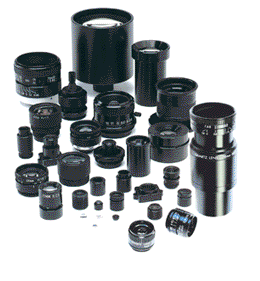High resolution lenses for machine vision — standard and custom lens design
Uses For Neutral Density Camera Filters
High Resolution Lenses for machine vision, instrumentation, inspection and vibration-sensitive applications. Standard and custom hi-res lens assemblies.

Camera Filters
Photographers embrace the use of neutral density (ND) filters as a way to reduce the amount of available light that is transmitted through the camera lens. ND filters are available in myriad levels of opacity as well as in a graduated ND filter lens, which blocks the light on only one side of the filter. Photographers find ND filter lenses ideal for taking photos of landscape in which the sky is brighter than the landscape itself.
ND filters can be purchased from camera shops or online manufacturers of lenses, making certain that the filter size is a match for the diameter of your lens. The size of the lens and the filter are marked on the front of the lens (indicated by the Greek letter phi). When using a graduated ND filter, the photographer will have to spin the outer ring of the filter to make certain the opaque portion of the filter is oriented toward the portion of the image you’re going to darken when taking the photo.
Tips for using the ND filter:
- Whether you set the shutter speed and aperture or choose an automatic exposure mode, the light meter within the camera will compensate for the reduced light transmission to the ND filter.
- Press the shutter and take your photo.
- View the image brightness and if the histogram is skewed to one side or another, you will need to either choose a different ND filter or exposure setting.
- You can stack ND filters to gain additional light reduction.
- ND filters require practice and patience to use to optimal levels. Take time to experiment with both levels of exposure and opacity.